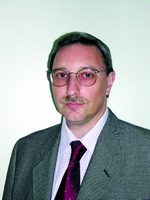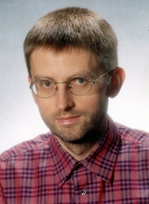Yield as Fourth Design Target, the Challenge of Design for Yield
Bernd Lemaitre, DFM Program Manager Yield Management and Methods Infineon Technologies AG; Uwe Gäbler, Project Leader Product Engineering Logic Infineon Technologies AG
Abstract
In the area of UDSM and today’s continuously changing market conditions, yield ramp has become a key factor in driving product profitability. While product complexity is increasing the market windows are shrinking, a delay means decreased revenue as prices decline.
Painful ramping at the 130 nm node taught the industry a few important lessons:
Productivity advances in the future will come not only by feature shrinks, but also by new materials.
Yield ramping and final yields will not reach historical norms.
A key cause of not reaching previously attained yield levels is the gap between design and manufacturing.
For critical device features 0.25 µm the separation between design and manufacturing was not the main issue. Today as the industry is ramping 90 nm and developing 65 nm the design rules have become inadequate to describe the manufacturing reality and its impact on the design process. Also, the process variations definitely start becoming a nightmare for 65 and 45 nm devices.
As consequence of driving product profitability, yield as quality factor must be included as target besides area, performance and leakage during all stages of the design process. It turns out that a big time saving factor during ramp of a product is the early communication of design areas, that may be marginal in terms of design rules, defect density sensitivity etc., where metrology or inspections could focus on.
In the first part of the talk we address the need of introducing yield as fourth design target and its consequences for EDA tools. In the second part we concentrate on a proper Design for Yield & Manufacturability interface between the design and the manufacturing phase.
Curriculum Vitae


